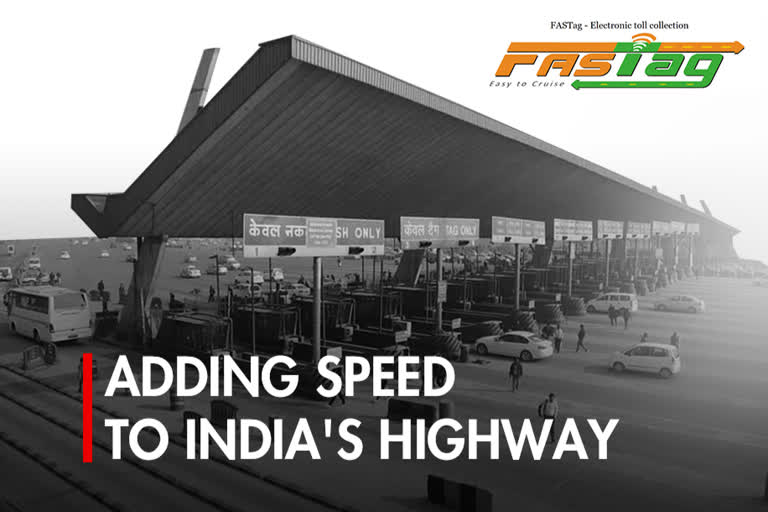Hyderabad:India is slowly but steadily inching towards a digital set up and the cashless regime will get a major boost after the implementation of FASTag system. FASTag is a method to facilitate toll collection through electronic medium thereby avoiding any forms of paper money involved. FASTag will become mandatory from December 1, 2019 and payments at all the toll plazas on national highways will be through FASTag.
What are FASTags
FASTag is a prepaid tag that enables automatic deduction of toll fee and allows the vehicle to pass through the plaza without stopping for cash transaction. As you drive through any toll plaza, there will be dedicated lanes that have FASTag readers installed overhead—and as your vehicle passes beneath them, the RFID code is detected, read, the necessary amount deducted from the prepaid balance and your journey through the toll plaza is authenticated.
All without you having to stop, interact with a human being at a toll plaza or having to pay cash. FASTags would enable all vehicles pay toll fees digitally, while providing convenience of faster movement across toll plazas.
This in turn would help in significantly eliminate long queues at toll plazas with consequent saving in fuel and time. FASTags would also enable toll payments across State and district highways and even for parking in cities in the near future. This would help commuters in seamless movement across city parking to State to national highways.
The system at the toll plaza uses Radio Frequency Identification (RFID) technology to deduct the payment from the user's account. The reader at the toll plaza detects the card when the vehicle is 25 metres away.
The Ministry of Road Transport and Highway has announced that all lanes at all toll plazas on national highways will be dedicated exclusive FASTag lanes from December 1, 2019, and non-FASTag users will be charged double the fee if they pass through these lanes, according to the National Highway Fee (Determination of Rates and Collection) Rules, 2008.
RFID Technology
This is the wireless communication standard that reads the data that is encoded in tags or labels, by a reader device specifically made for that purpose. The tags have an integrated circuit and an antenna (though you may not be able to see either) that create the wireless communication method.
Each tag and car pairing works with the GS1 unique identification numbers, which are encoded in the FASTags. That way, each vehicle is identified in a standardized and common manner that is understood by the digital payments systems deployed by state and central governments, the Traffic Police, insurance companies and toll collection authorities.
